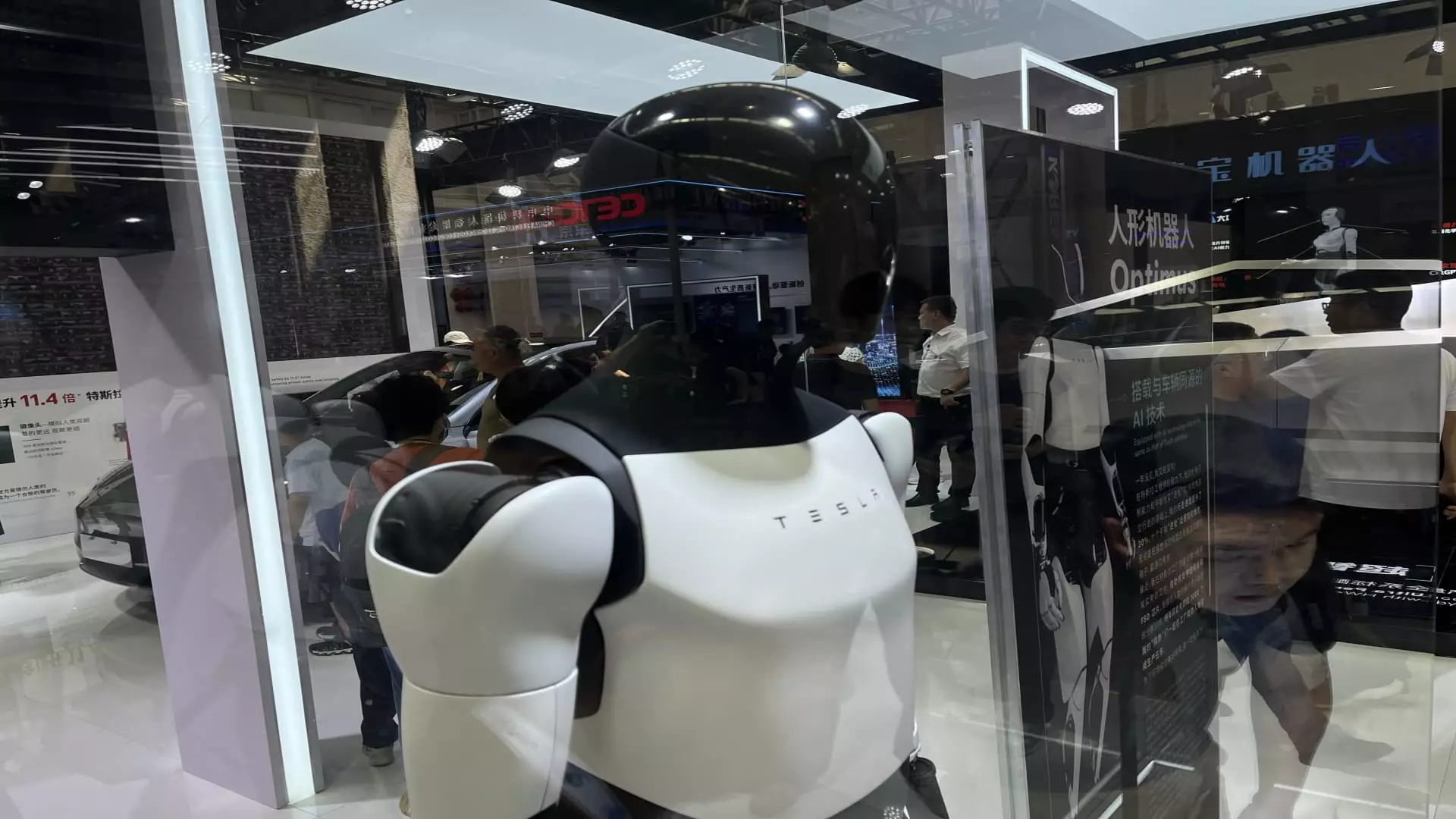In recent times, China has been making significant strides in the development of humanlike robots. At the World Robot Conference in Beijing, a record 27 humanoids were unveiled, showcasing the country’s rapid progress in this field. This surge in interest and investment in humanoid robots mirrors China’s previous rush into electric cars a few years back. With total investment in China’s robotics industry exceeding 100 billion yuan over the last decade, it’s evident that the country is serious about establishing itself as a leader in robotics technology.
According to Wei Cao, a partner at Lanchi Ventures, the next milestone in humanoid development is expected to occur in the next year or two. This milestone involves the creation of commercially viable use cases in manufacturing where robots can perform a series of tasks and prioritize them effectively. While current humanoid models are capable of basic tasks like grabbing a water bottle, the goal is to advance to more complex operations that require higher levels of artificial intelligence.
At the World Robot Conference, various companies showcased their humanlike robots, each with different capabilities and functions. Some robots demonstrated intricate Chinese martial arts moves, played musical instruments, and even wrote calligraphy. Companies like Agibot and Stardust Intelligence presented robots designed for tasks like sales assistance and factory part picking. While some of the actions performed by these robots appeared stiff and slow, it’s evident that significant progress has been made in replicating human-like movements and tasks.
While China is making considerable advancements in humanoid technology, Jeff Burnstein, president of the U.S. Association for Advancing Automation (A3), believes that U.S. companies like Tesla are currently ahead in terms of technology development. However, China boasts self-sufficiency in over 95% of the humanoid supply chain. Despite this, collaboration and knowledge-sharing between countries can further accelerate the development of humanoid robots on a global scale.
Experts predict that by the year 2030, humanoid robots will be capable of performing simple household tasks, nursing care, and medical treatment with some level of autonomy. While the development of fully autonomous humanoids may still be several decades away, the progress made in recent years is promising. Challenges such as power supply, battery life, and emotional expression are areas that researchers are actively working on to enhance the capabilities of humanoid robots.
China’s rapid growth in the development of humanlike robots signals a new era in robotics technology. With significant investments, advancements in artificial intelligence, and a diverse range of applications, humanoid robots are becoming more integrated into various industries. As the race to develop sophisticated humanoids continues, it is essential for countries and companies to collaborate and innovate to unlock the full potential of this transformative technology.

